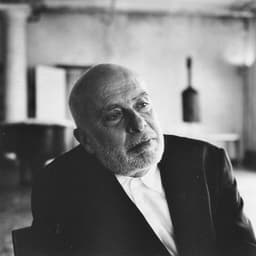
Francesco Clemente
@francesco-clemente
Francesco Clemente: A Life in Contemporary Art
Francesco Clemente was born in Naples, Italy in 1952 and became one of the most influential contemporary artists of the late twentieth century. With a career spanning over five decades until his death in 2024, Clemente established himself as a visionary who transcended traditional boundaries between painting, drawing, photography, and installation art. His restless creativity and philosophical inquiries made him a central figure in contemporary art discourse, bridging European and global artistic traditions.
Clemente emerged during the 1980s as a key protagonist in the Neo-Expressionist movement, though he consistently resisted categorical limitation. His work drew inspiration from diverse sources including Indian miniature painting, Renaissance masters, and contemporary symbolism. Unlike many of his contemporaries, Clemente engaged deeply with non-Western artistic traditions, spending significant time in India where he collaborated with local artists and studied classical techniques. This intercultural dialogue became a defining characteristic of his practice.
Throughout his career, Clemente created powerful works exploring themes of identity, spirituality, and the human condition. Pieces like his acclaimed watercolor series and his provocative self-portraits demonstrated remarkable technical virtuosity alongside conceptual depth. His collaborations with other artists, including his work with poet Allen Ginsberg, showcased his ability to foster creative dialogues across disciplines.
Clemente's contributions to art history extend beyond individual masterworks. He fundamentally challenged Western-centric approaches to contemporary art by legitimizing non-Western aesthetic traditions within the global art discourse. His fearless exploration of personal vulnerability and spiritual questioning inspired countless contemporary practitioners.
Until his final years, Clemente remained prolific and philosophically engaged, continuing to push artistic boundaries. His legacy endures as a testament to the power of artistic vision unbound by convention, reminding future generations that contemporary art thrives through cultural synthesis and courageous personal expression.